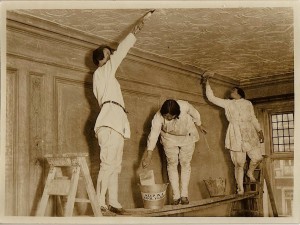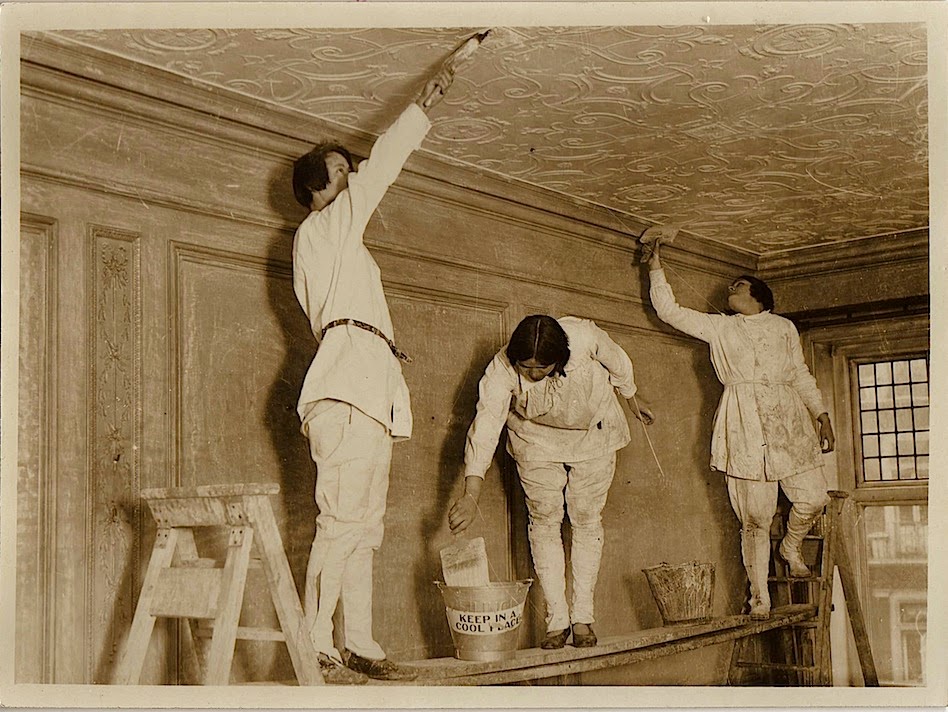Found in Edmund Gosse’s 1894 edition of Hazlitt’s Conversations with James Northcote R.A. (Bentley, London 1894) this amusing prank. The name MynHeer might have been a warning… This would have been well before the birth of photography – Hazlitt wrote the book in 1830. For more on the great Northcote (self portrait below) see his Wikipedia page.
Northcote told an anecdote of Sir George Beaumont**,
to show the credulity of mankind. When a young man
lie put an advertisement in the papers, to say that a
Mynheer , just come over from Germany, had found out
a method of taking a likeness much superior to any
other by the person’s looking into a mirror and having
the glass heated so as to bake the impression. He stated
this wonderful artist to live at a perfumer’s shop in Bond
Street, opposite to an hotel where he lodged, and amused
himself the next day to see the numbers of people who
flocked to have their likenesses taken in this surprising
manner. At last he went over himself to ask for
Monsieur , and was driven out of the shop by the
perfumer in a rage, who said there was no Monsieur
nor Monsieur Devil lived there.
**’Possibly Sir George Baker, the Devonshire physician, famous for his successful raid against the leaden vessels used for cider-mking’ (Edmund Gosse’s note)

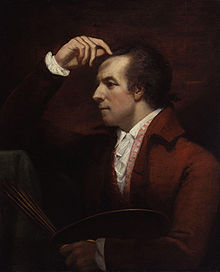
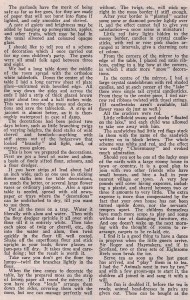
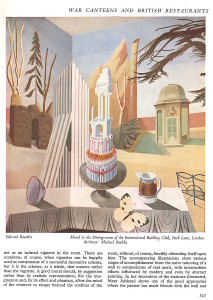 It is a sad fact that most of the best mural paintings executed in canteens, cafes and restaurants in the UK no longer exist. Unlike those executed for some public buildings, those in private premises are subject to the taste of those who take over the property. By far the most notorious example was, of course, the murals executed around 1913 on the walls of Rudolf Stulik’s Restaurant de la Tour Eiffel in Percy Street, just off Tottenham Court Road, by Wyndham Lewis, which were later painted over.
It is a sad fact that most of the best mural paintings executed in canteens, cafes and restaurants in the UK no longer exist. Unlike those executed for some public buildings, those in private premises are subject to the taste of those who take over the property. By far the most notorious example was, of course, the murals executed around 1913 on the walls of Rudolf Stulik’s Restaurant de la Tour Eiffel in Percy Street, just off Tottenham Court Road, by Wyndham Lewis, which were later painted over.